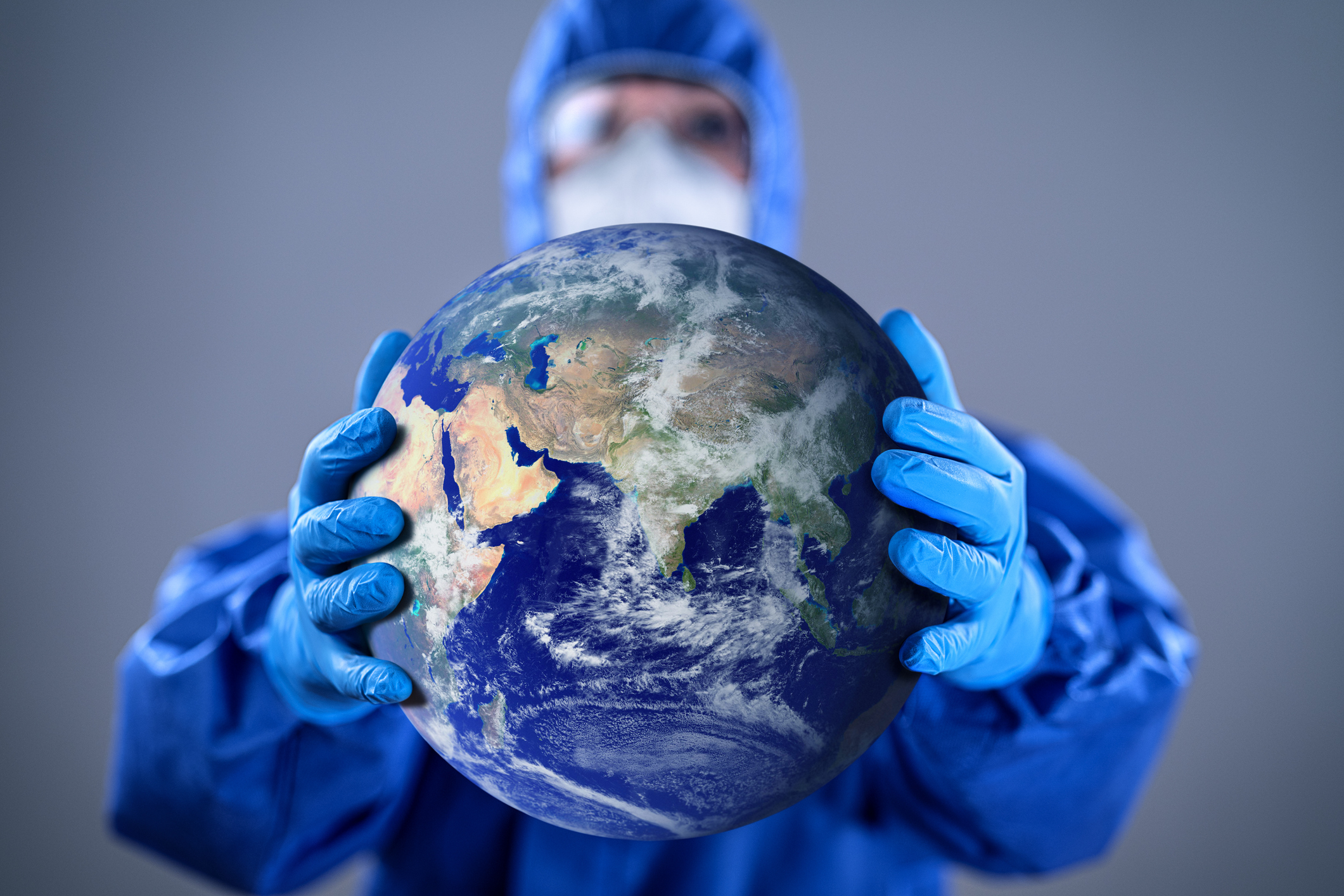
About 98 percent of healthcare facilities surveyed around the world are lacking in one or more of the World Health Organization’s (WHO’s) improvement strategies for infection prevention and control, according to new research.
“This survey suggests that challenges with key components of healthcare environmental hygiene (HEH), including staff education and training, workplace culture, and access to adequate products and equipment, remain ubiquitous regardless of geography or income level,” according to the Association for Professionals in Infection Control and Epidemiology (APIC).
The global study, published in the American Journal of Infection Control, found that 50 of the 51 participating healthcare facilities, in 35 different countries, lacked in some or all of the five components of the improvement strategy, independent of their income level.
These findings showing a need for improvement, come at a time when healthcare-associated infections (HAIs) are on the rise — just one more toll of COVID-19.
In 2020, COVID-19 stamped out years of steady decline in HAIs, spurring significant increases in four of six routinely-tracked infections, according to the most current available data from the Centers for Disease Control and Prevention (CDC).
Those HAI increases have been blamed on larger numbers of sicker patients and more frequent and extended use of ventilators and catheters, according to Healthcare Hygiene Magazine.
HEH is a key element of infection prevention and control that involves cleaning of all hospital room surfaces, according to Healthcare Purchasing News.
It relies on multiple factors:
Challenges to healthcare environmental hygiene can include budget constraints, workforce instability, and lack of access to safe and effective products.
“This study highlights environmental hygiene needs that are similar to those we identified more than 25 years ago for hand hygiene promotion at the time we introduced alcohol-based hand gels in hospitals,” says Dr. Didier Pittet, lead author of the global study and chair of the Clean Hospitals Initiative, which leads the WHO Hand Hygiene promotion.
The study was designed to evaluate strengths and challenges in HEH programs around the world and across resource levels.
One of the findings showed that among the 90 percent of healthcare facilities that reported they had equipment and supplies available, 16 percent still could not perform adequate sterilization because their equipment was not in good working condition.
Only 22 percent of the facilities provided or required comprehensive formal HEH training upon hiring. Some 28 percent did not provide or require any formal training, according to the study.
“These findings provide the global IPC community with a baseline for HEH assessment, and should encourage focus, improvement, and investment in HEH globally to reduce healthcare-associated infections and their implications,” said APIC President Linda Dickey.


